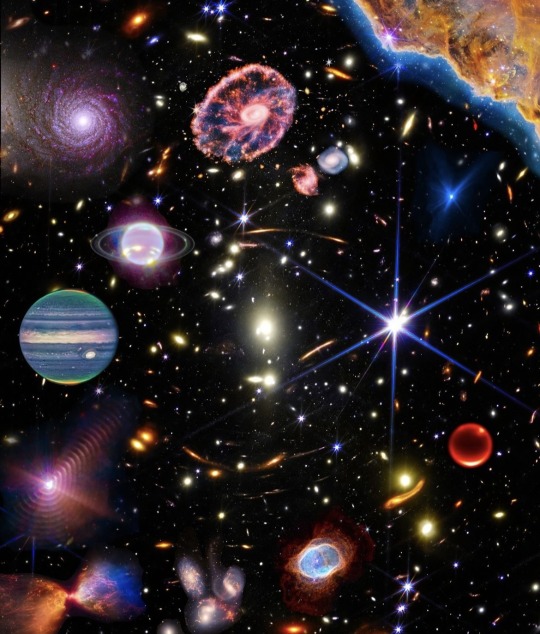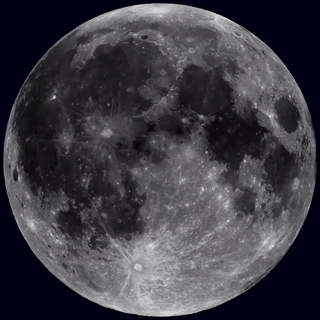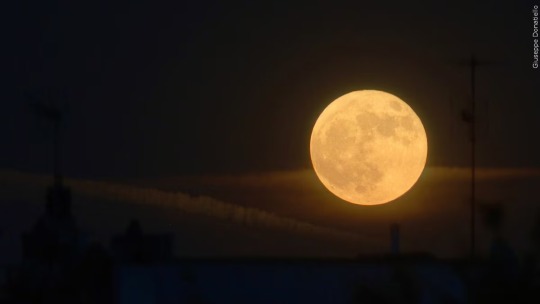Text
1/1/2024
Hey guys! I know it’s been a while, life has just been kind of crazy recently. Below, I have put together a list of all the astronomical events to look forward to this year. Enjoy!
January 3: Earth at perihelion
January 3-4: Quadrantids Meteor Shower Peak
January 11: New Moon
January 12: Mercury at greatest western elongation
January 25: Full Moon
February 9: New Moon
February 24: Full Moon
March 10: New Moon
March 20: March Equinox
March 22: Possible viewing of Comet 12P/Pons-Brooks
March 24: Mercury at greatest eastern elongation
March 25: Full Moon, Penumbral Lunar Eclipse
April 8: New Moon, Total Solar Eclipse
April 21-23: Lyrids Meteor Shower Peak
April 23: Full Moon
May 4-5: Moon Earthshine Mornings
May 6-7: Eta Aquarids Meteor Shower Peak
May 8: New Moon
May 9: Mercury at greatest western elongation
May 11-12: Moon Earthshine Nights
May 23: Full Moon
June 6: New Moon
June 20: June Solstice
June 22: Full Moon
July 5: New Moon, Earth at aphelion
July 21: Full Moon
July 22: Mercury at greatest eastern elongation
July 28-29: Delta Aquarids Meteor Shower Peak
August 4: New Moon
August 12-13: Perseids Meteor Shower Peak
August 14: Conjuction of Mars and Jupiter
August 19: Full Moon
August 21: Lunar Occulation of Saturn
August 28: Possible views of Comet Tsuchinshan-ATLAS
September 3: New Moon
September 5: Mercury at greatest western elongation
September 8: Saturn at opposition
September 18: Full Moon, Supermoon, Partial Lunar Eclipse
September 20: Neptune at opposition
September 22: September Equinox
October 2: New Moon, Annular Solar Eclipse, Micromoon
October 7-9: Draconids Meteor Shower Peak
October 17: Full Moon, Supermoon
October 20-22: Orionids Meteor Shower Peak
November 1: New Moon
November 4-5: Taurids Meteor Shower Peak
November 15: Full Moon
November 16: Mercury at greatest eastern elongation
November 17-18: Leonid Meteor Shower Peak
December 1: New Moon
December 7: Jupiter at opposition
December 14-15: Geminid Meteor Shower Peak
December 15: Full Moon
December 21: December Solstice
December 22-23: Ursid Meteor Shower Peak
December 25: Mercury at greatest western elongation
December 30: New Moon
***Please let me know if there are any mistakes I need to correct. This list was compiled using multiple websites, so some dates may be a day or two off. I also tried to keep this list inclusive to both the Northern and Southern Hemispheres***

Image credit: @cora.a.harris on Instagram
#full moon#moon stuff#moon#space stuff#space#astronomy#astro observations#astro community#planets#night sky#sky#stargazing#study space#stars#meteor shower#skywatching#2024
47 notes
·
View notes
Text
8/1/2023
Tonight, the Moon once again enters its full moon phase!
Tonight’s Full Moon is known as the Sturgeon Moon. Now, why is it called the Sturgeon Moon? According to the Farmer’s Almanac, the giant sturgeon fish of the Great Lakes were most readily caught during this part of the summer, giving the early August phase its name.
This Moon phase has many other names as well, such as the Flying Up Moon (Cree), Corn Moon (Algonquin), Harvest Moon (Dakota), Ricing Moon (Anishinaabe), Black Cherries Moon (Assiniboine), and the Mountain Shadows Moon (Tlingit). Most of these names refer to the harvest times of a certain crop, or to local natural events that occurred during early August.
Specific Meanings:
Flying Up Moon - Birds were learning to fly
Mountain Shadows Moon - Time for wet season in the Pacific Northwest
Corn Moon - Time to gather corn crops
Harvest Moon - Time to harvest crops
Black Cherries Moon - Time to pick chokecherries
Ricing Moon - Time to harvest crops
That’s all for today! Keep an eye out for this month’s next Full Moon phase on August 30th.

1 note
·
View note
Text
7/3/2023
Today the Moon entered its Full Moon phase! According to the Old Farmer’s Almanac, today’s Full Moon is referred to as the Buck Moon. Why? Because the antlers of male deer (bucks) are going through their growing period during July!
There are several indigenous names for the July Full Moon phase as well, including the Feather Molting Moon (Cree), the Salmon Moon (Tlingit), the Berry Moon (Anishinaabe), Raspberry Moon (Algonquin, Ojibwe), and the Thunder Moon (Western Abenaki). These names refer to natural events that take place during the month of July, such as stormy weather, berry growing seasons, and fish migration patterns.
Today’s Full Moon also happens to be a Supermoon, meaning that the Moon appears to be larger and brighter in the night sky than normal. This phenomenon is due to the Moon’s elliptical orbit around Earth; When there is a Supermoon, the Moon is at its closest point to Earth in its orbit.
Happy stargazing y’all, and keep an eye out on July 9th for when the Moon enters its Last Quarter phase!

Image credit link: https://www.google.com/amp/s/www.wkyt.com/2023/06/30/first-supermoon-year-hits-skies-next-week/%3foutputType=amp
2 notes
·
View notes